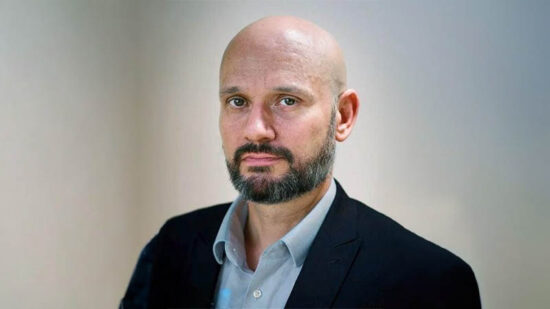Multi-asset investing has been a core part of Ashburton’s offering for more than 30 years.
The company, which has offices in London, Jersey and South Africa, has nine funds within its multi-asset range. Tristan Hanson heads up Ashburton’s multi-asset capability and he explains his current views and how they are impacting asset allocation decisions.
“At the moment we maintain a positive stance towards equities compared to other asset classes. In general the view is that valuations, though they have increased, are not at a prohibitively elevated level.
“Monetary policy remains easy and equities are not too expensive. We expect it will be a bumpier ride than in 2013, I think it is fair to say that we are in a ‘muddling along’ global economy, but we are not on the cusp of recession as some fear.”
Hanson identifies the US as the economy that is in best shape as we move towards 2015. While he concedes that valuations in the US market might look a bit stretched especially on cyclically-adjusted measures, he maintains that there is still plenty to attract investors especially as the main alternatives, bonds and cash offer very low or negative prospective real returns.
"Good fundamentals"
Referring to US equities he says: “The fundamentals are still good. We see very low recession risk there and the growth rate should continue. We don’t see an imminent threat to profit margins and think earnings will come through at a reasonable level.”
In the US, Hanson is underweight in mining stocks but has exposure to chemical companies particularly those linked to US energy changes, specifically shale oil and gas.
As far as European equities are concerned, they do currently represent an overweight in Ashburton multi-asset portfolios but Hanson is keen to stress this is more down to a positive stance towards one particular sector than a bullish standpoint on Europe per se.
“Our overweight position in Europe is due to our exposure to European healthcare stocks. We have been underweight in European cyclicals.”
In contrast, there is an overweight in US cyclicals which reflects the stronger recovery in the US economy and Hanson’s more bullish sentiments towards the US over Europe.
Hanson believes recent interest rate cuts by the ECB, part of a loosening in monetary policy, could well slip into full-blown QE, largely because he believes that Mario Draghi’s measures so far are not enough to expand the ECB’s balance sheet to the desired level. While he argues that QE is not the most efficient way to boost an economy, he thinks further QE could have a helpful impact on asset prices, exchange rates and confidence.
In terms of the emerging markets, Hanson is currently neutral there versus the developed markets.
“The turnover has been low for the last 12 months and we had little reason to increase emerging market exposure which currently is in Hong Kong, China, India and a small allocation to Africa. We see growth risk in China though the sentiment from investors is more negative than that from economists.”
"Global presence"
Hanson favours a bias towards large caps at present – this has been the case for the last 18 months. Hanson explains that this was partly down to valuations but also a preference for defensive, quality stocks that enjoy a global presence in sectors with significant barriers to entry. He has also taken the opportunity, when appropriate, to buy put options which added some protection.
For bond investors, the lack of inflationary pressures at a global level, and the likelihood of further monetary easing in Europe, has exerted downward pressure on bond yields.
Hanson sees little to get excited about in the bond markets right now. He has moved durations about a bit over the last year and a half. He added to durations during the latter part of 2013 but as bond yields have fallen this year he has removed duration and he will continue to do that in the short term.
“We don’t think inflation is a major problem right now and interest rates are not going up tomorrow but we don’t see value at the moment. Bond markets are priced already for negative economic outcomes,” Hanson explains. He remains cautious of emerging market debt but does have some Mexico and India exposure.
In the corporate bond space, Hanson expects investment grade corporate bonds to outperform government bonds but sees more upside from high yield bonds which he sees as being reasonably priced now following the sell-off this summer.








